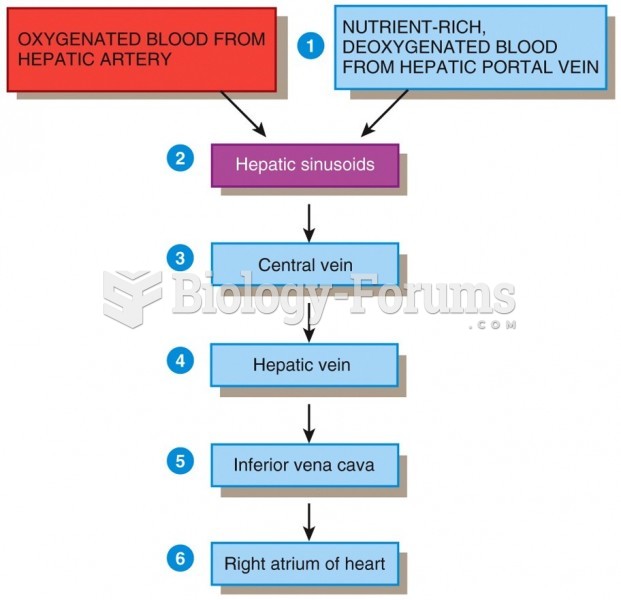Answer to Question 1
B
Answer to Question 2
The attempt to stimulate the growth of new industries is the infant-industry argument for protection, which states that it is necessary to protect a new industry from import competition to facilitate the growth of that industry, making it competitive in the world markets. This argument is based on the concept of dynamic competitive advantage. Learning-by-doing is a powerful engine of productivity growth. However the learning-by-doing argument for protection only works if the benefits also spill over into other industries and other parts of the economy. This is rarely the case, as the entrepreneurs of infant industries and their financial supporters take this risk into account and all returns usually accrue only to them, not to other industries. And it is more efficient to subsidize the infant industry needing protection than it is to protect it by restricting trade.
The dumping argument for protection states that a foreign firm is selling its exports at a lower price than its cost of production. Foreign firms trying to monopolize the international market may use this practice. Once the competition is gone, the foreign firm will raise prices and reap profits. This argument fails for several reasons. First, it is virtually impossible to detect the occurrence of dumping since it is impossible to verify a firm's production costs. The test most commonly used is if the export price is lower than the import price. This test only examines the supply side of the two markets and ignores the demand side. If the domestic market is inelastic and the export market is elastic (which is almost always the case) then it is natural for a firm to price the domestic goods higher than the exports. Second, it is difficult to see how a global firm could have a monopoly for the goods or services it exports. There are too many foreign suppliers (and potential suppliers), making global competition too extensive for a monopoly to exist in the global market. And, even if there is global monopoly it is more efficient to regulate it than to impose trade restrictions on its products.







